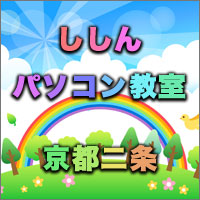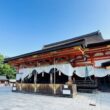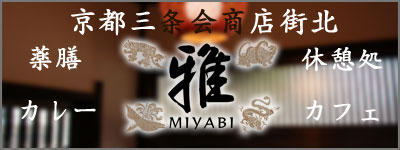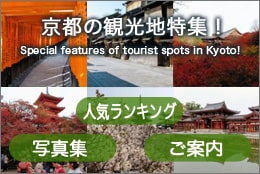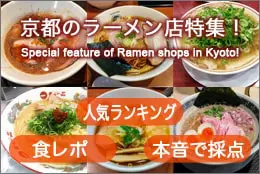Misunderstood Kyoto Dialect: The Case of “Omotase”
Posted date:2025-11-07Author:つばくろ(Tsubakuro) Transrator:ポンタ(Ponta)
Category:Talk about Kyoto
広告
adsense4
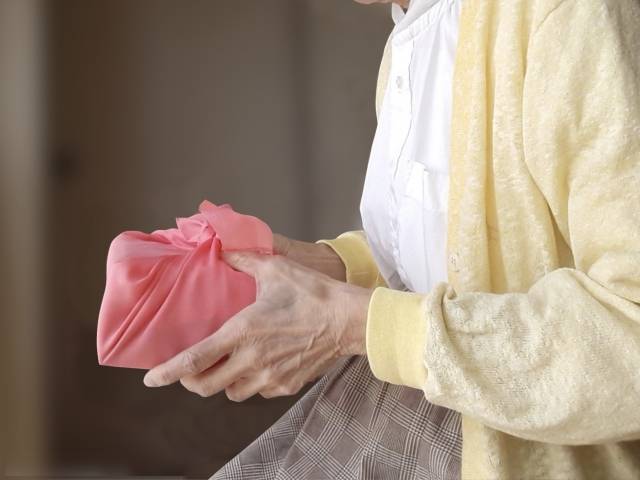
To begin with
The elegant and pleasant-sounding Kyoto dialect term “omotase.”
Lately, I’ve been seeing it more often.
For example, you’ve probably seen it at least once in a magazine’s sweets feature article or in a shop’s catalog.
Just the other day, I learned that the Rihga Royal Hotel in Kyoto is selling this year’s Christmas cakes under the name “Selectable Your Own ‘Omotase Christmas’.”
It’s not just the Rihga Royal Hotel Kyoto.
In magazine articles and store catalogs alike, I see countless examples where “omotase” and “souvenir gifts” are used interchangeably, as in phrases like “Please use these as omotase or souvenirs.”
Some people use it to mean things like “purchasing gifts to bring to others” or “went to XXXX and bought sweets to bring to others.”
It seems that people often refer to the gifts they bring as “omotase.”
In other words, “omotase” is used as a stylish and refined way to describe a gift brought to someone’s home.
However, true Kyoto natives would never use it this way.
Because “omotase” and “souvenirs” are actually completely different.
This time, I’ll explain the true meaning of “omotase,” a prime example of a Kyoto dialect term often misused.
The word “omotase” is used in Kyoto in situations like this.
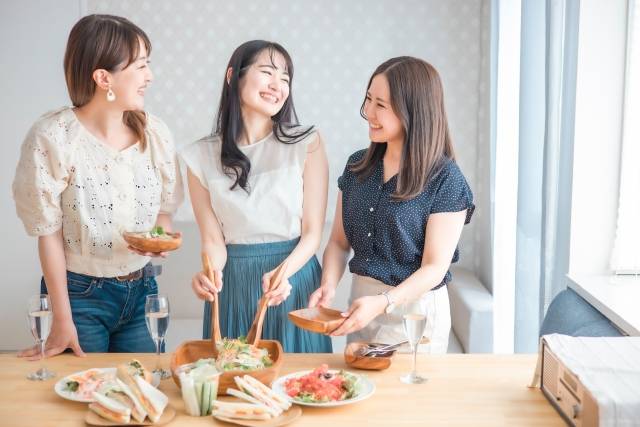
A home party is to be held at a certain residence in Kyoto.
If it’s not a party, a tea gathering is fine too.
The people gathering there each bring thoughtfully chosen gifts.
Of course, the host of the venue is also preparing a feast.
However, when we occasionally receive rare foods or fancy gifts, we think, “Since we have them, let’s all enjoy them together.”
At times like that, the master of the house says this:
“It’s omotase, but since it’s fine sweets, why don’t we all have some?”
Saying that, the host shows everyone the sweets he received as a gift.
This is when you use the term “omotase.”
In other words, the Kyoto term “omotase” refers to the act of sharing and eating together the gifts brought as souvenirs by those gathered at the occasion.
“Omotase” is not merely a word for a simple gift; it can be said to be a word only in these limited situations.
A Kyoto dialect term used when all participants savor something brought by a guest, not prepared by the host. — That is “omotase.”
It’s one thing for a Tokyo magazine editor with little connection to Kyoto to mistakenly use “omotase” for thoughtful gifts, but it’s truly deplorable that reputable Kyoto restaurants and hotels promote their own souvenirs on their websites with phrases like “omotase catalog.”
A Guide to Choosing Souvenirs and Omotase for Different Occasions
1: In case of souvenirs:
Souvenirs are often used to express respect or gratitude when visiting someone. In particular, isn’t it the typical use of gifts brought by visitors to show sincerity to superiors at business partners’ companies in business settings?
Since it is mostly used in formal situations, it is appropriate to select items that embody a sense of respect for one’s superiors. When selecting gifts for business occasions, it is recommended to choose items that demonstrate consideration for the recipient company’s industry and local specialties.
For example, beef curry made with locally sourced Kobe beef.
When bringing gifts for personal occasions, items chosen with consideration for the recipient’s family composition and lifestyle are most appreciated.
For example, for families with children, snacks or high-quality bread and cheese that add a touch of luxury to family conversations around the dinner table.
2: In the case of “omotase”
As mentioned earlier, “omotase” is fundamentally intended for both the host and guest to share together at the host’s residence.

Therefore, it is best to choose items suitable for casual occasions such as home parties, tea gatherings, barbecues, picnics, and cherry blossom viewing.
For example, at tea parties or social gatherings, items like cookies, chocolates, and Japanese sweets are easy to distribute.
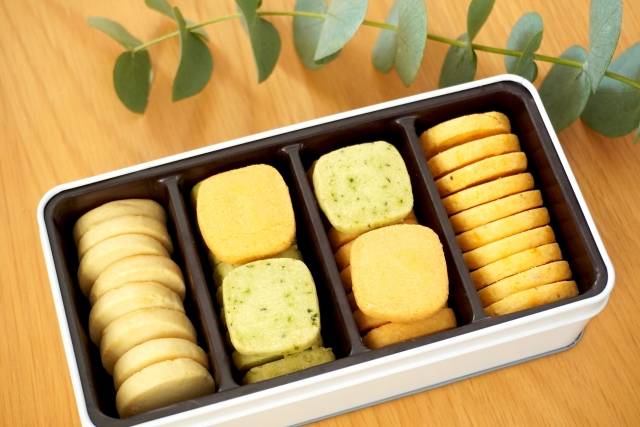
An assortment of cookies
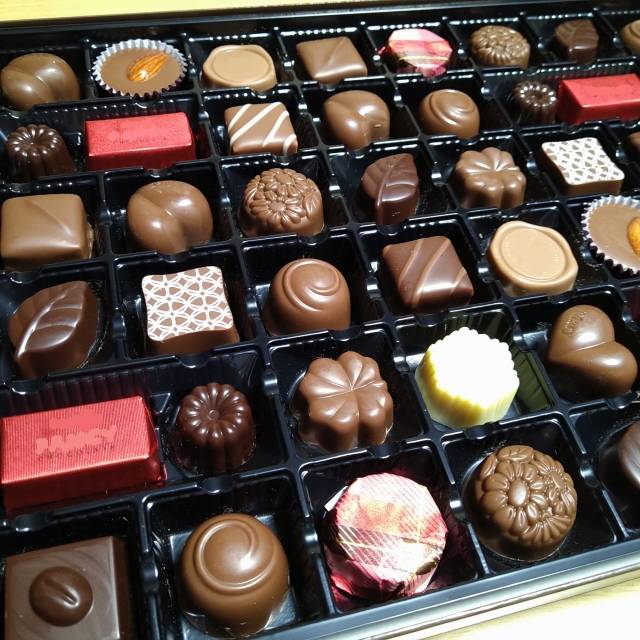
An assortment of chocolates
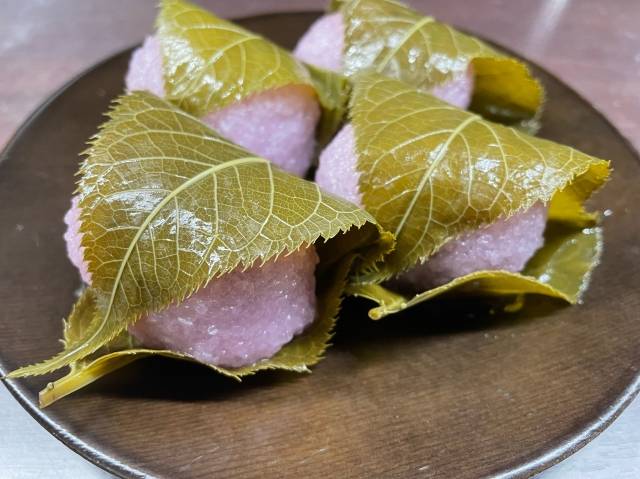
Cherry blossom rice cake
Seasonal sweets featuring fruits representative of the season are also welcome.
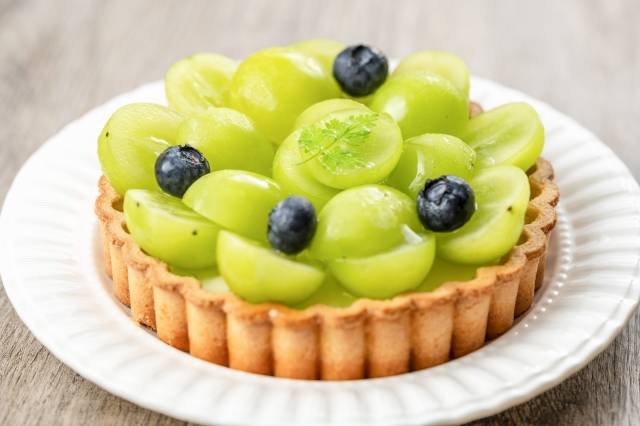
Shine Muscat Tart
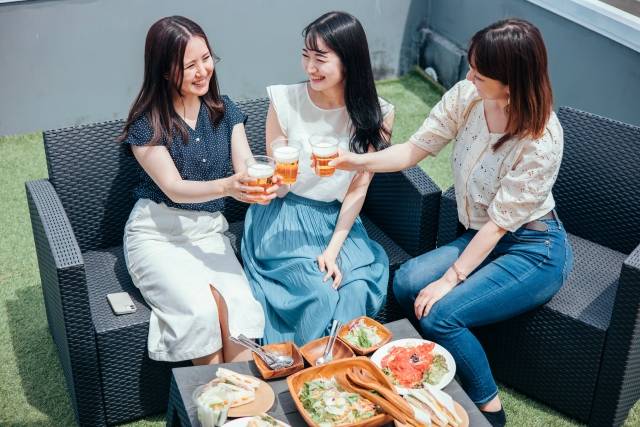
A home party
At home parties or picnics, party sets like pizza or sushi that everyone can share and enjoy together will liven up the atmosphere.
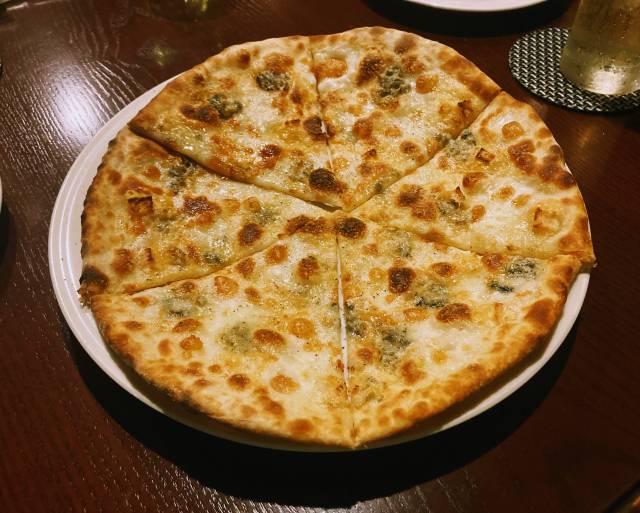
Pizza
It is worth noting that in such cases, mackerel sushi is particularly valued as a gift in Kyoto.
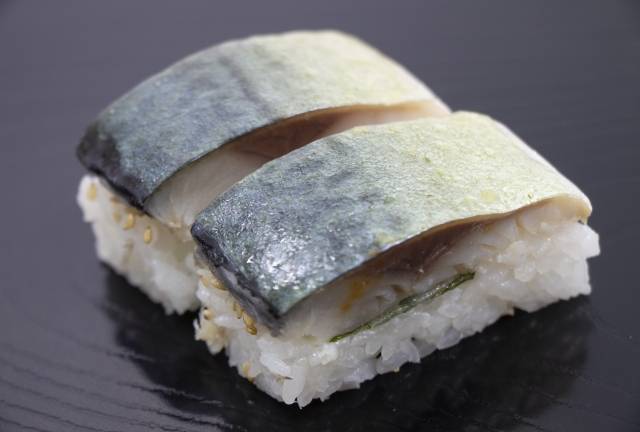
The mackerel sushi
The relationship between “omotase” and “mackerel sushi”
Kyoto people and mackerel sushi share an inseparable bond.
It goes without saying that Kyoto, being landlocked, has historically had few opportunities to eat fish.
However, there was one exception.
That was the mackerel caught in Wakasa.
It is during the Warring States period that mackerel caught in large quantities in Wakasa began to be salted and transported to the capital of Kyoto over a route known as
The “Mackerel Highway,” a journey taking two to three days.
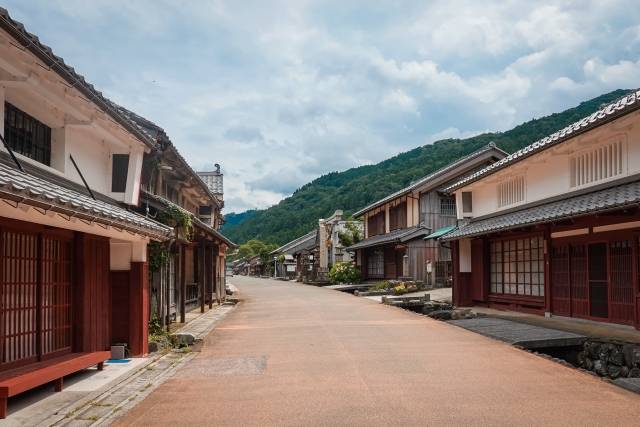
The Mackerel Highway’s appearance

A stone monument marking the terminus of the Mackerel Highway still standing in Demachi.
In those days when refrigeration technology was still underdeveloped, heavily salting mackerel was unavoidable to prevent spoilage.
But as luck would have it, people noticed that when salted mackerel were transported along the “Mackerel Highway,” they arrived in Kyoto perfectly seasoned.
Using this method, “mackerel sushi” was born in Kyoto during the Edo period.
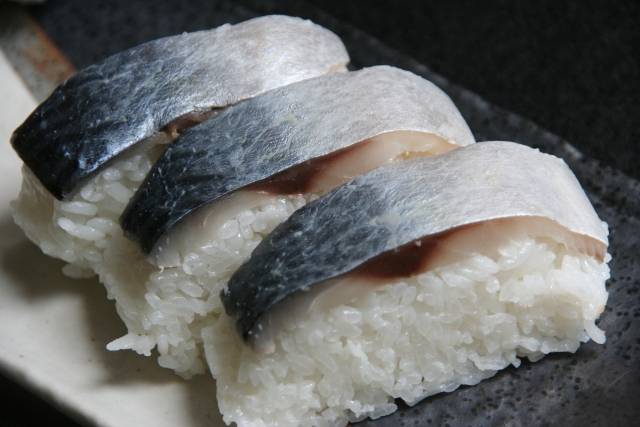
The Mackerel Sushi
Even in modern times with advanced refrigeration technology, salted mackerel remains highly favored in Kyoto. And just as in the old days, “mackerel sushi” remains a feast for special occasions, passionately cherished by the people of Kyoto.
It is a common custom for Kyoto residents to celebrate the city’s three major festivals – the Gion Festival, the Aoi Festival, and the Jidai Festival – by preparing mackerel sushi.
As you can see from all this, when you want to bring joy to others and send them something truly special, the perfect gift for “omotase” to bring along is undoubtedly mackerel sushi in Kyoto.
References
1: “A Quite Kyoto for Solo Travelers” by Hisashi Kashiwai, published by SB Shinsho, 2022
2: “Shopping for Souvenirs” Edited by Keihanshin L Magazine
Published by Keihanshin L Magazine Co., Ltd in 2022.
3: “Kyoto Townhouse: The Sugimoto Family’s Everyday Life in Kyoto” by Setuko Sugimoto, PHP Shinsho Published in 2016
Author
つばくろ(Tsubakuro)
I was born and raised in Kyoto and am a native Kyotoite.
When I was young, I longed to visit Tokyo and Osaka, which are more bustling than Kyoto, but as I have gotten older, I have come to appreciate Kyoto a little more.
In this site, I will introduce you to some of the best places to explore Kyoto's food that you might otherwise miss at first glance.
